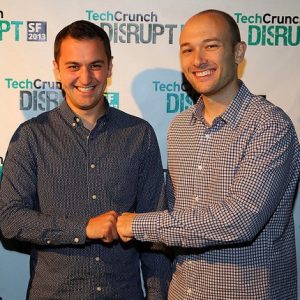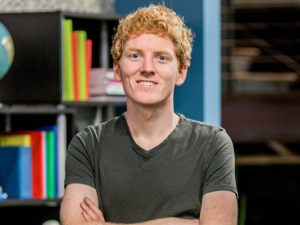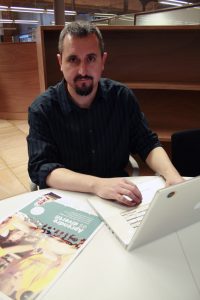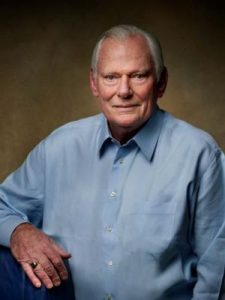Logan Green & John Zimmer; The Nice Guys of Ride-sharing
“Follow your instinct,” you might have heard it several times from the mouths of the most successful entrepreneur across the world, but how many times it happened that you really did? Logan Green and John Zimmer, two young tech professionals, are among the ones, who went along with their gut feeling of starting an unusual business of sharing a car with strangers for the money. In the beginning, they were warned by many, that the business has higher chances of failing. But after almost ten years, the two are operating the same business, backed by biggest venture capitalists and making revenue in billions every coming year.
Logan Green was a native of California, where he attended the New Roads High School in Santa Monica. He received a bachelor’s degree in Business Economics from the University of California, Santa Barbara. At the college, he founded The Green Initiative Fund and was the youngest director for the Santa Barbara Metropolitan Transit District.
As a child, Green used to ride with his parents in their car, and whenever he saw outside the car, he found more cars, with most of the times, only a single person riding it. The time he had to join the college, he left his car back at home, to try the other conventional means of transportation. At the same time, his girlfriend Eva was also transferred to a college in Los Angeles.

In the time of three years of her college, Green continued to visit Eva on every weekend riding different transportations. He even asked Zipcar, a car-sharing program, to implant their cars at UCSB, but could not convince them. Finally, he himself bought four cars and started the car-sharing program at the campus. Under the program, the users could unlock cars with radio-frequency identification.
On the other hand, Greenwich, Connecticut brought up John Zimmer, was also interested in the car-sharing concept. Zimmer, a graduate from Cornell University School of Hotel Administration, was influenced with the fact that he could fill the empty seats of his car while going back to home in the college breaks but had no idea from where to begin. After graduating from college, Zimmer started working as an analyst in real estate finance at Lehman Brothers in New York City, keeping a journal about carpooling ideas, side-by-side.
After completing the college education, Green went on a trip to Zimbabwe, where he was introduced to the crowdsourced carpool networks. The idea led him to build a platform named Zimride, using the Facebook API, upon which users could find and plan carpools.
Eventually, at the same time, he was introduced to Zimmer on Facebook via a common friend. Zimmer came to know about Zimride, and both coincided on the same idea of the development of a carsharing platform. As the two shared the similar interest, it took no time for Green to fly to New York and meet Zimmer.
In late 2006, together Green and Zimmer launched the first version of Zimride in the Cornell University and later, in 2007, in the UCSB campuses. Over 20 per cent of students registered for the service, but still, they used it only a few times in a year. During the very time, Uber was also providing its car-renting service, but the service included the rental of brand new luxury cars. The idea of Zimmer and Green was way too different from that.
Green and Zimmer moved to Silicon Valley, to work on the growth of the company and shared an apartment that served as both apartment and office. After working hard on Zimride for five years, they expanded the company to thousands of users and over 50 universities.
The main mission, the two were working towards, was to provide an alternative to car ownership. In 2013, they sold Zimride to Enterprise Holdings and turned there focus towards Lyft, their newly founded company, providing carpooling in local areas.
The next thing they figured out was that having an app for the smartphones can get them more users as well as more frequent rides for localities. So, they hired two engineers to develop an app for Lyft, and within three weeks the app was ready.
In 2017, Green and Zimmer raised $4.1 billion dollars for Lyft, valuing the company at $11.5 billion. Currently, Lyft is providing its services in 50 United States and has grown to 1,000 employees.
In 2009, Zimmer and Logan Green were named finalists in Business Week’s list of America’s Best Young Entrepreneurs and in 2014, the two were named “35 Under 35 list of Inc. Magazine.

Yashica is a Software Engineer turned Content Writer, who loves to write on social causes and expertise in writing technical stuff. She loves to watch movies and explore new places. She believes that you need to live once before you die. So experimenting with her life and career choices, she is trying to live her life to the fullest.




